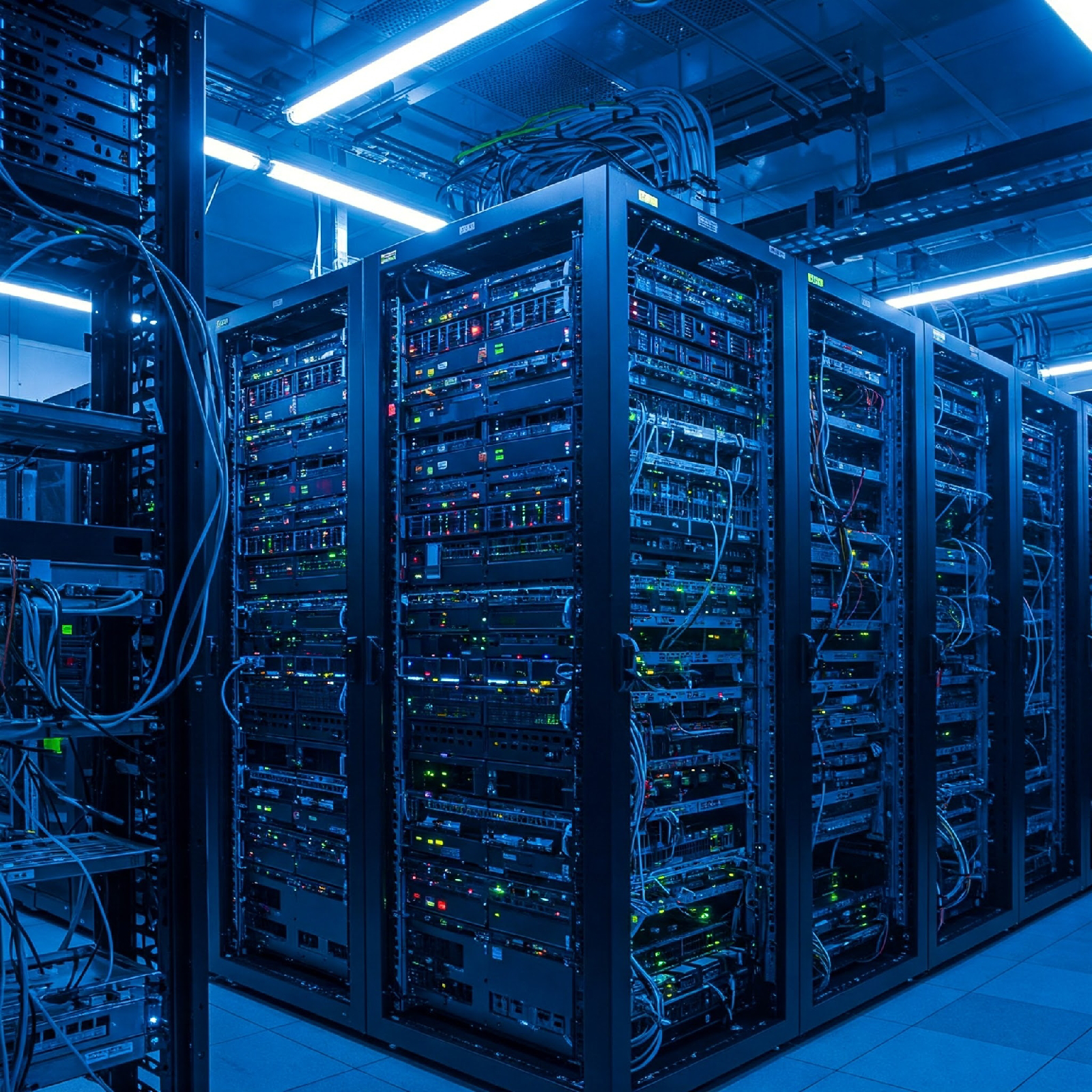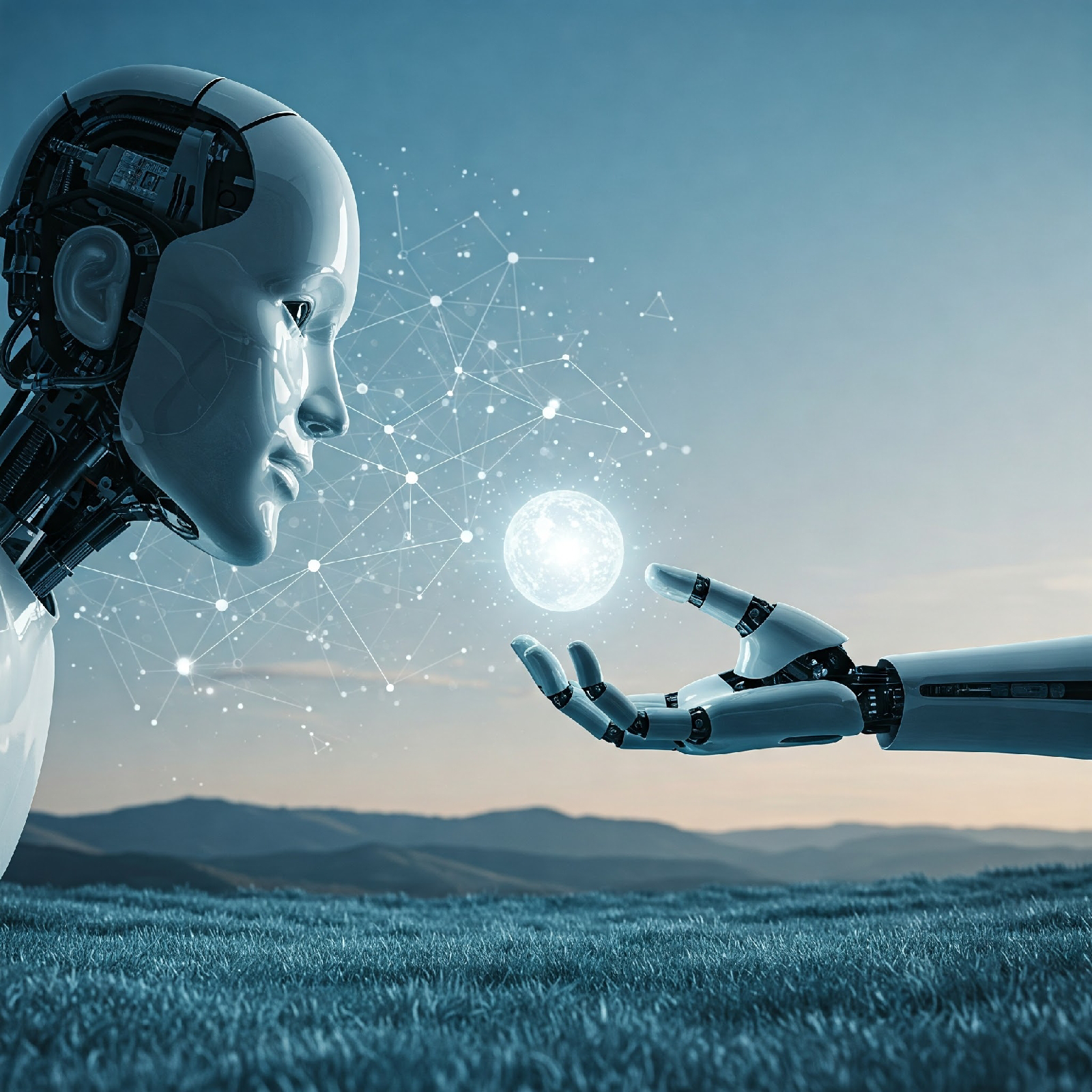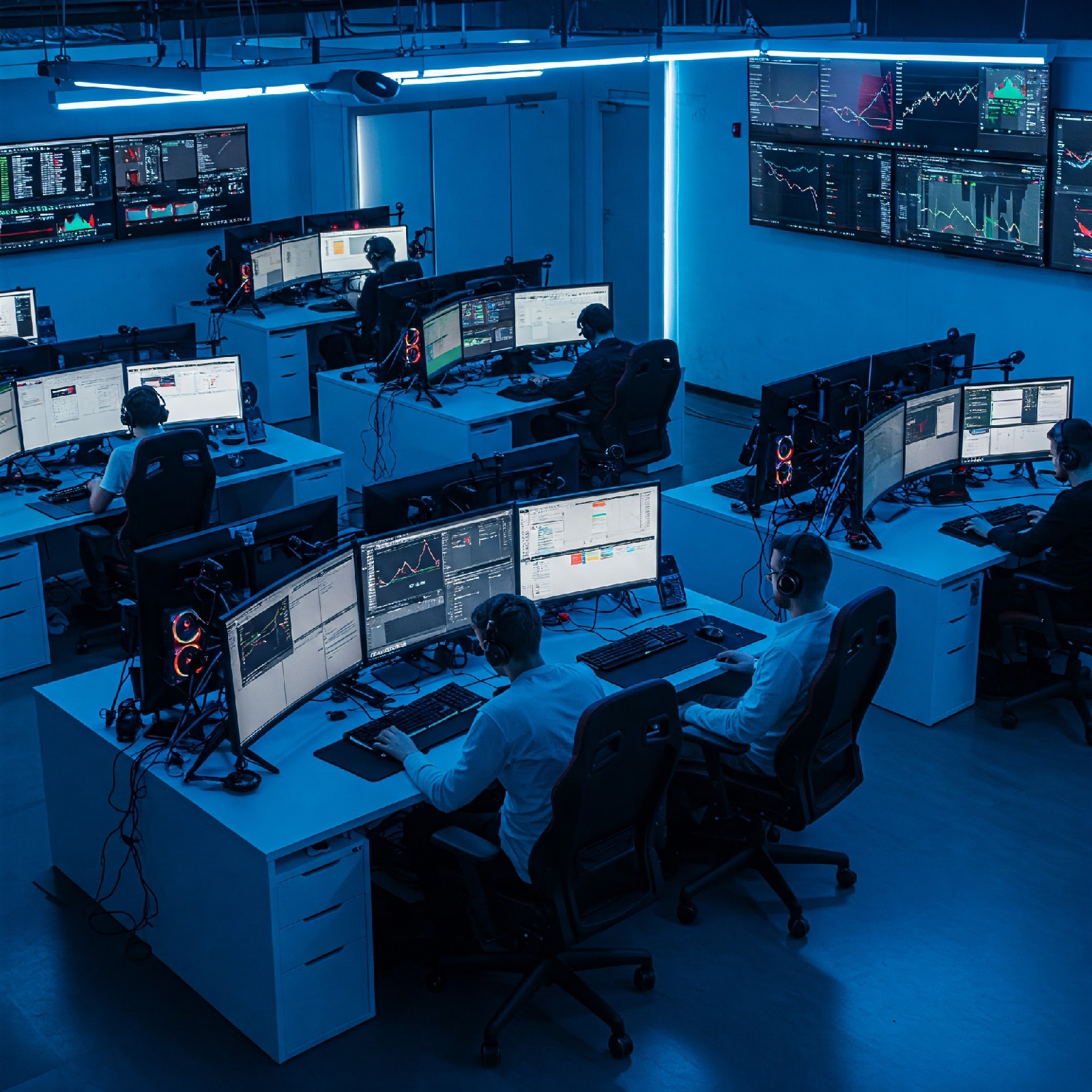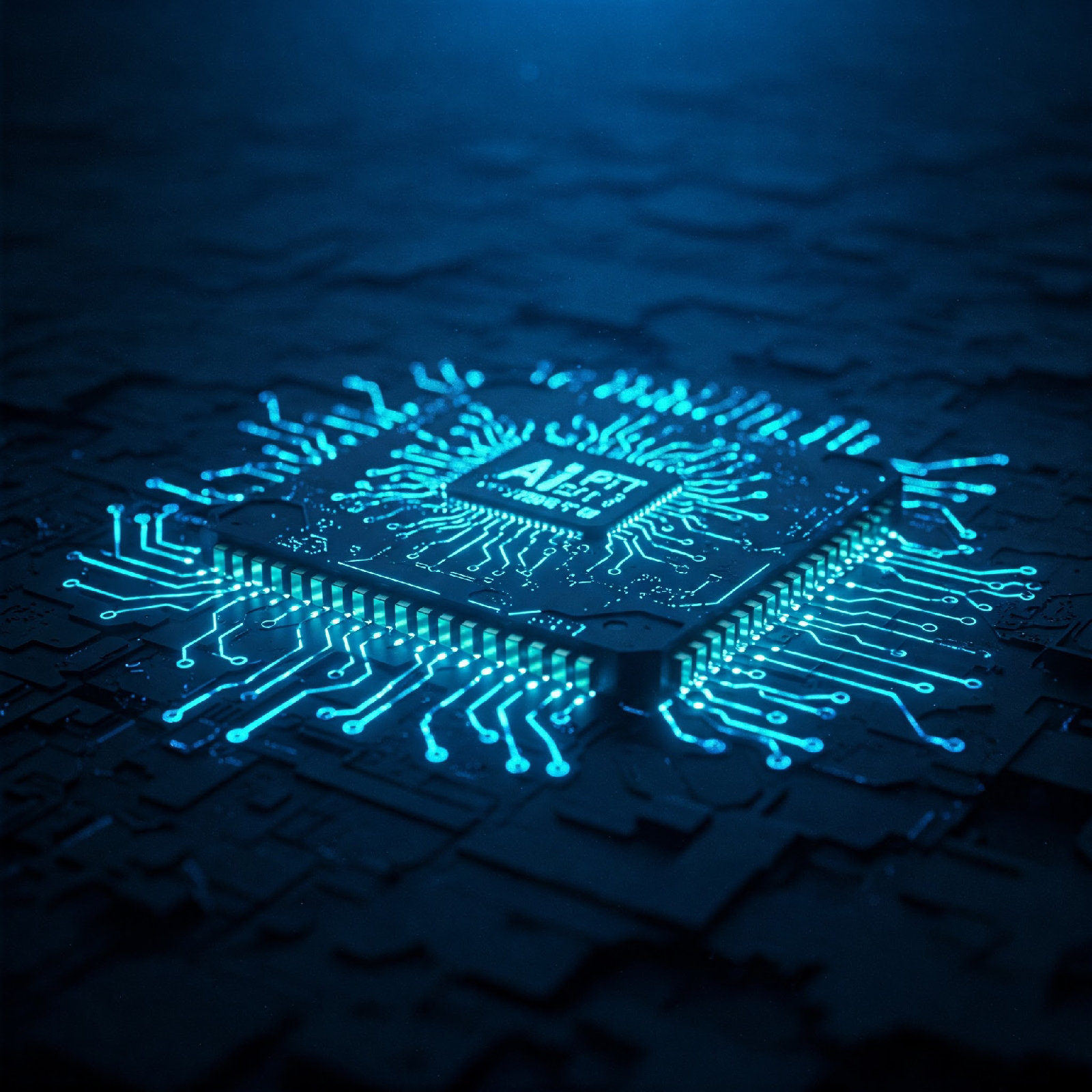AI: Unlocking the Future, Transforming Today
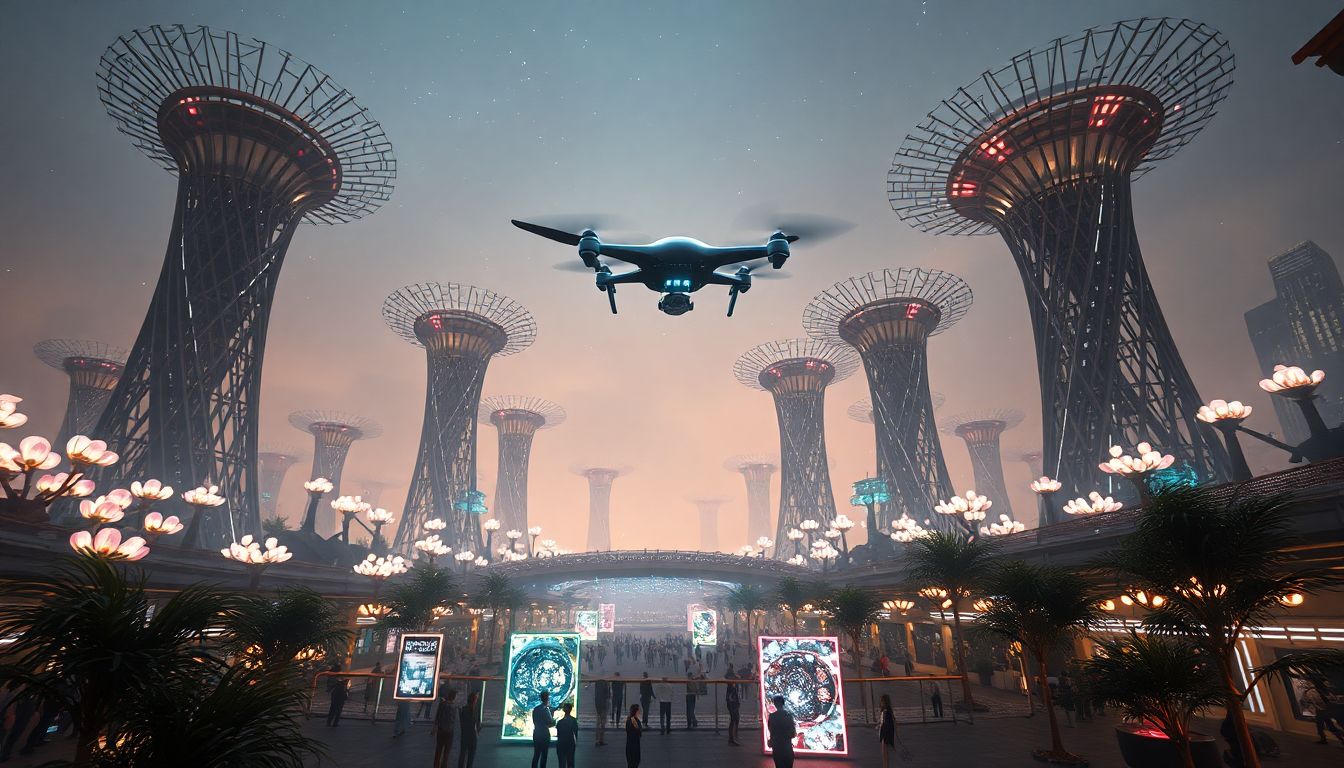
AI: Unlocking the Future, Transforming Today
Imagine a world where your doctor can diagnose illnesses faster than ever, or a system where fraud is detected before it even happens. This isn't science fiction. It's the reality AI is creating, and its happening right now. Artificial intelligence is rapidly changing our lives. From self-driving cars to personalized recommendations, AI's influence is expanding. Are you ready to unlock the future?
Understanding the Fundamentals of Artificial Intelligence
Let's break down what AI is all about. It's not as complicated as you might think. This is your guide to understanding AI's core concepts.
What is AI? A Clear Definition
AI is when machines show intelligence. This means they can learn, solve problems, and make decisions. It isn't just about robots taking over the world, as movies might have you believe. It's about machines being able to think and act like humans, but without human emotions.
There are many ways to define AI. One way is to say it's the ability of a computer to perform tasks that usually require human intelligence. Think of it as teaching a machine to be smart.
Types of AI: From Narrow to General
AI comes in different forms. Narrow AI, also called Weak AI, is designed for specific tasks. General AI, or Strong AI, can perform any intellectual task that a human being can. There's also Super AI, which would surpass human intelligence.
Think of Netflix's recommendation system. It suggests shows based on what you've watched before. This is Narrow AI at work. A truly intelligent AI would be able to handle various tasks like a human.
Key Concepts: Machine Learning, Deep Learning, and Neural Networks
Machine learning is a way to train AI. It lets computers learn from data without being directly programmed. Deep learning is a type of machine learning that uses neural networks. Neural networks are modeled after the human brain.
Imagine teaching a dog tricks. Machine learning is like showing the dog examples and rewarding it for getting it right. Deep learning is like having a very complex understanding of how the dog's brain works. Neural networks are how the AI learns.
AI Applications Across Industries
AI isn't just a futuristic concept. It's being used in numerous industries right now. Here are some examples of AI in action.
AI in Healthcare: Diagnosis, Treatment, and Drug Discovery
AI is revolutionizing healthcare. It helps doctors diagnose diseases earlier and more accurately. AI can also personalize treatment plans and speed up drug discovery.
For instance, AI algorithms can analyze medical images. They can detect cancer in X-rays faster than a human. It also helps scientists develop new drugs by predicting how molecules will interact. This saves time and resources in the long run.
AI in Finance: Fraud Detection, Algorithmic Trading, and Customer Service
The finance industry uses AI to detect fraud. It automates trading and improves customer service. AI algorithms can spot suspicious transactions in real time.
Chatbots are used by banks to answer customer questions. These bots can handle simple inquiries, freeing up human employees for complex issues. Plus, algorithmic trading uses AI to make trades faster than humans, potentially increasing profits.
AI in Manufacturing: Automation, Quality Control, and Predictive Maintenance
Manufacturing uses AI to automate processes. It also improves quality control and predicts when equipment will fail. Robots on assembly lines can perform repetitive tasks with high accuracy.
AI can analyze data from machines to predict when they need maintenance. This prevents unexpected breakdowns, saving companies money. Moreover, AI-powered systems inspect products for defects, ensuring higher quality.
The Benefits and Challenges of AI
AI brings many benefits, but it also poses some challenges. It's important to consider both sides of the coin. Here are some benefits and risks.
Increased Efficiency and Productivity
AI can significantly increase efficiency and productivity. It automates tasks, freeing up humans to focus on more creative work. Businesses that adopt AI can see big gains in output.
For example, AI can reduce the time it takes to process data. A task that might take a human hours can be done in minutes with AI. This leads to increased productivity and faster turnaround times.
Enhanced Decision-Making
AI can improve decision-making by analyzing vast amounts of data. It can identify patterns and insights that humans might miss. This leads to better, more informed decisions.
AI-powered market analysis can help businesses understand customer trends. It can predict what products will be popular and what strategies will work best. This gives companies a competitive edge.
Ethical Considerations and Potential Risks
AI also raises ethical concerns. AI algorithms can be biased, leading to unfair outcomes. There are worries about job displacement and the potential misuse of AI technology.
Data privacy and security are also major concerns. We must make sure that AI systems are used responsibly and ethically. It also means protecting sensitive information.
The Future of AI: Trends and Predictions
AI is constantly evolving. So, what does the future hold? Here are some trends and predictions.
The Rise of Explainable AI (XAI)
Explainable AI (XAI) is becoming increasingly important. It focuses on making AI systems more transparent. With XAI, people can understand how AI arrives at its decisions.
This is crucial for building trust in AI. It also addresses ethical concerns. XAI helps us understand and fix biases in AI algorithms.
AI and Automation: Transforming the Workforce
AI and automation will transform the workforce. Some jobs will be automated, while new jobs will be created. It's important to adapt to these changes.
Workers may need to upskill and reskill to remain competitive. Education and training programs can help prepare people for the future job market. AI can assist.
The Convergence of AI with Other Technologies
AI is converging with other technologies. The Internet of Things (IoT), blockchain, and robotics will integrate with AI. This will create new possibilities and opportunities.
Imagine AI-powered smart homes. These homes could automate tasks and optimize energy usage. That's an example of how AI works with other tech.
Getting Started with AI: Resources and Learning Paths
Want to learn more about AI? There are many resources available. Here's how to get started.
Online Courses and Educational Platforms
Many online courses and platforms teach AI. Coursera, Udacity, and edX offer courses for different skill levels. You can find options for beginners to advanced learners.
These courses cover topics like machine learning, deep learning, and neural networks. They provide hands-on experience and prepare you for a career in AI. Choose what works for you.
AI Tools and Frameworks
AI tools and frameworks make it easier to build AI applications. TensorFlow, PyTorch, and scikit-learn are popular choices. Each tool has its strengths.
TensorFlow is great for large-scale deployments. PyTorch is more flexible for research. Scikit-learn is good for basic machine learning tasks.
Conclusion
AI is a transformative technology with the power to change our world. It offers numerous benefits but also poses ethical challenges. By understanding AI and its potential, you can be ready for the future. The world is changing fast.
Whether you're a student, a professional, or simply curious, now is the time to explore AI. Dive into a course, experiment with a tool, and discover the exciting possibilities of AI. Start learning.




